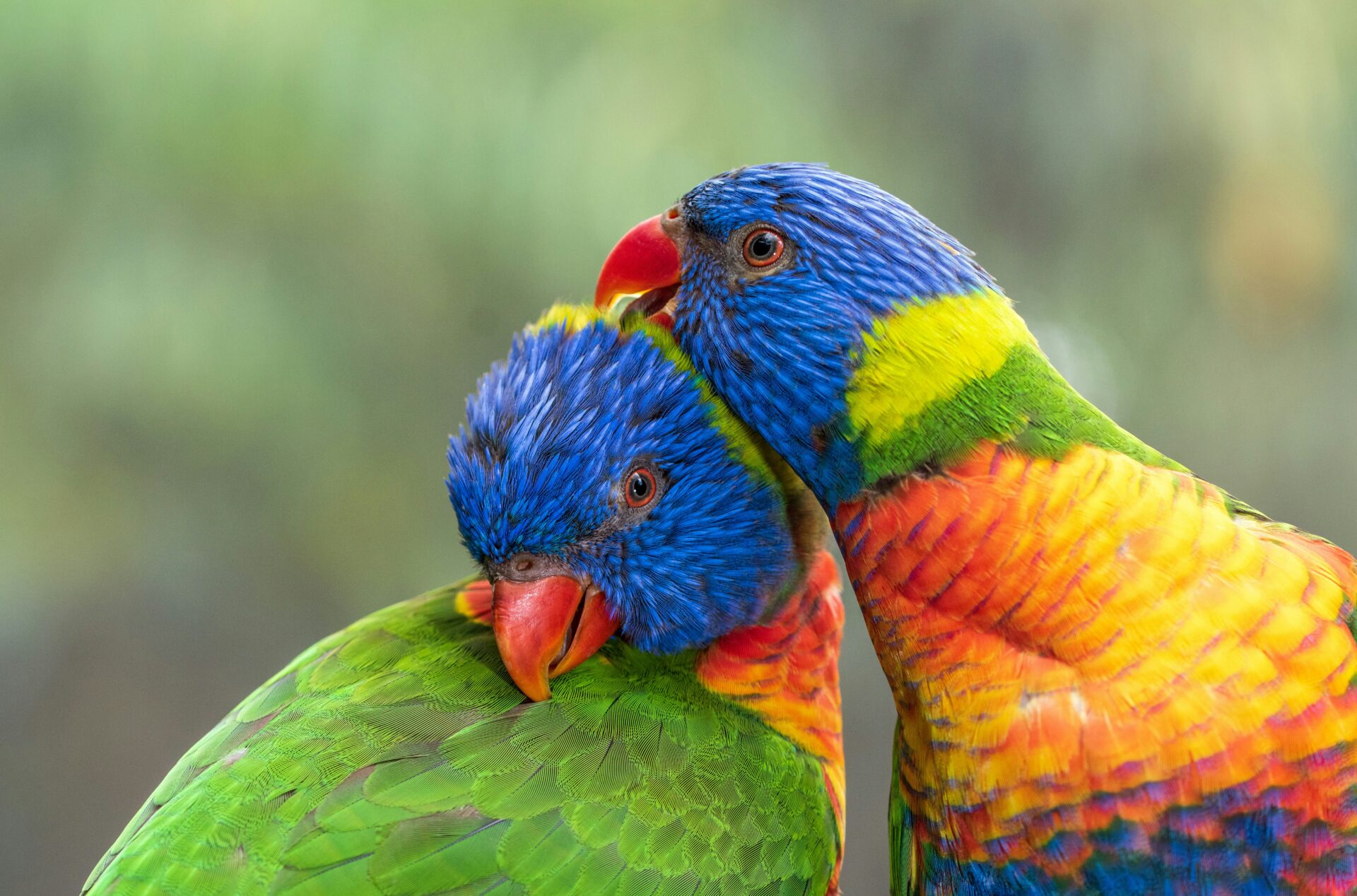
Why Are Rainbow Lorikeets Becoming Paralysed?
Growing numbers of rainbow lorikeets are becoming paralysed, but the cause of this disease is not yet known. Lorikeet Paralysis Syndrome (LPS) is estimated to affect hundreds of birds a day. 5-10% of lorikeets rescued annually in south-east Queensland and northern New South Wales present with LPS symptoms.
While a definitive cause hasn’t been found, researchers think that a flowering or fruiting plant could be behind it, as similar symptoms have also been seen in flying foxes. Professor David Phalen, a researcher from the University of Sydney working on researching LPS, says that if its not a plant, it could be a fungus or bacteria growing on plants that the lorikeets eat.
“It’s possible that during the hottest time during the summer, that a fungus either grows on a plant or in a plant or a bacteria grows on a plant, and that that fungus or that bacteria might be producing a toxin that the lorikeets are ingesting.”
“We think that it’s not just lorikeets that are getting this. We think that flying foxes in the same regions where the lorikeets are getting this are also coming down with it and they’re ingesting that toxin as well.”
Lucy Farrow, a neurobiologist at UNE who focuses on birds, explains that the mechanism behind the paralysis could be protein degradation.
“It seems to be happening at a cellular level, so it’s something to do with their biochemistry.”
“The current thinking is that it’s some form of protein degradation. Kind of like when you hear about people eating fox glove or there’s a plant in the West Indies called dumb cane*. If you eat it, it has spines, and they make you have temporary paralysis of the mouth and the lips.”
“What causes that is it has these, sort of like crystals in its spines, as well as what we call, proteolytic enzymes, proteolytic protein. They degradate protein, which as we know protein is really important for cellular function. So it seems like it could be a toxic plant of some sort.”
Birds suffering from LPS will be unable to fly or walk, and this paralysis will eventually spread until the bird is unable to blink or swallow.
Despite an increasing number of cases being presented to veterinarian clinics and WIRES, the good news is that the survival rate of LPS is quite high. For birds experiencing severe paralysis, the survival rate is as high as 60%, and for birds with a less severe case the survival rate can be up to 90%.
If you see a lorikeet experiencing LPS, the best thing to do is use a towel, pillowcase, or cloth, to cover it and move it to a box before calling WIRES on 1300 094 737.
Photo by David Clode on Unsplash
*Fox glove and dumb cane are not plants thought to be behind LPS. These were examples of toxic plants that can cause a similar condition.


